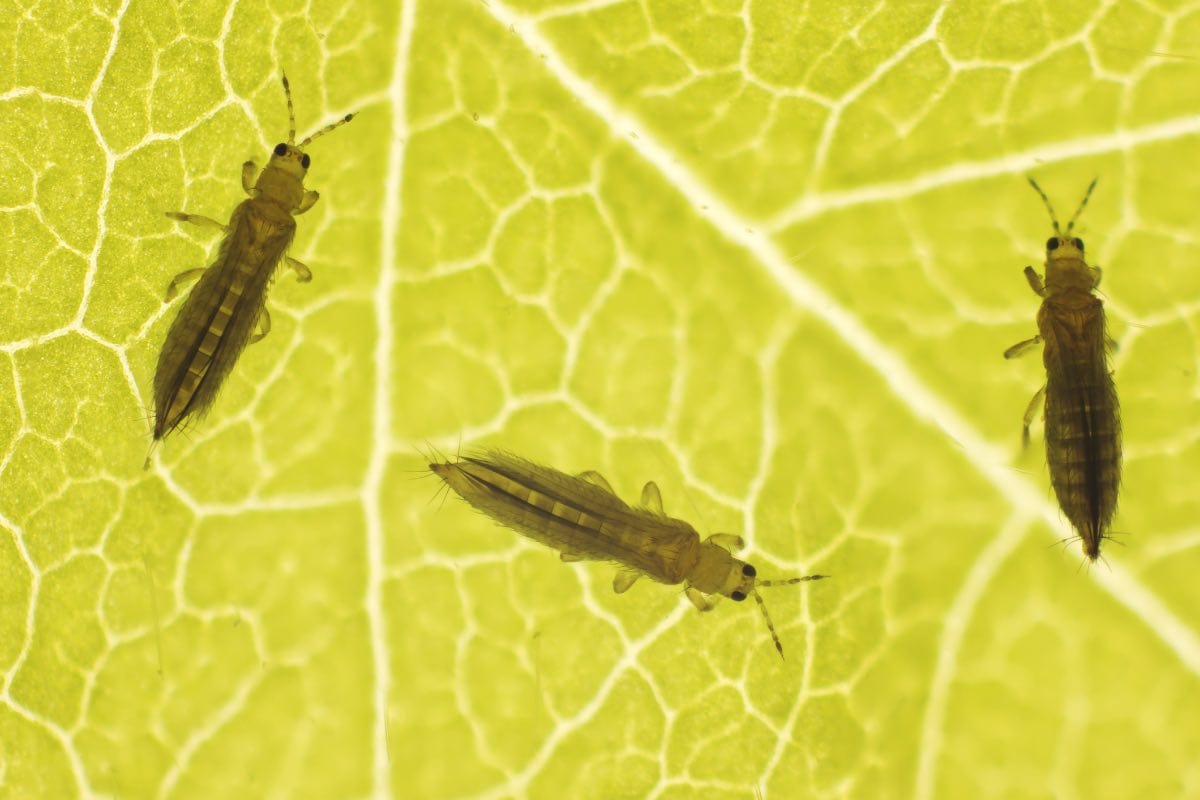Pests
How Do I Get Rid Of Thrips On Plants?
Thrips are tiny, slender insects belonging to the order Thysanoptera. They are commonly found on a wide variety of plants, feeding on their sap by puncturing and sucking up the contents of cells, leading to discolored, distorted, and damaged leaves and flowers. Thrips are unique in that they can have both winged and wingless forms, depending on their life stage and environmental conditions. They are often difficult to see with the naked eye due to their small size (usually less than 1/20th of an inch long) and their fast-moving nature.
Thrips can cause significant damage to plants, including stippling, silvering of the leaf surface, stunted growth, and the transmission of plant viruses, such as the Tomato spotted wilt virus and Impatiens necrotic spot virus. In addition to their direct feeding damage, thrips can also leave behind unsightly fecal spots and lead to the development of sooty mold on the honeydew they excrete.
They reproduce rapidly, especially in warm environments, making them a challenging pest to control in both indoor and outdoor settings. Effective management of thrips requires a combination of monitoring, cultural, biological, and sometimes chemical control methods to reduce their populations and minimize plant damage.

